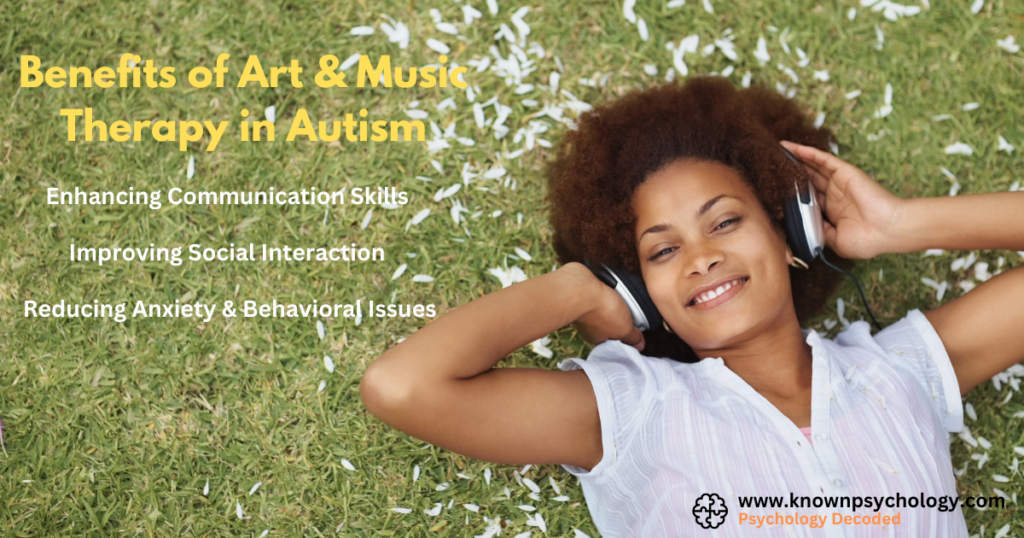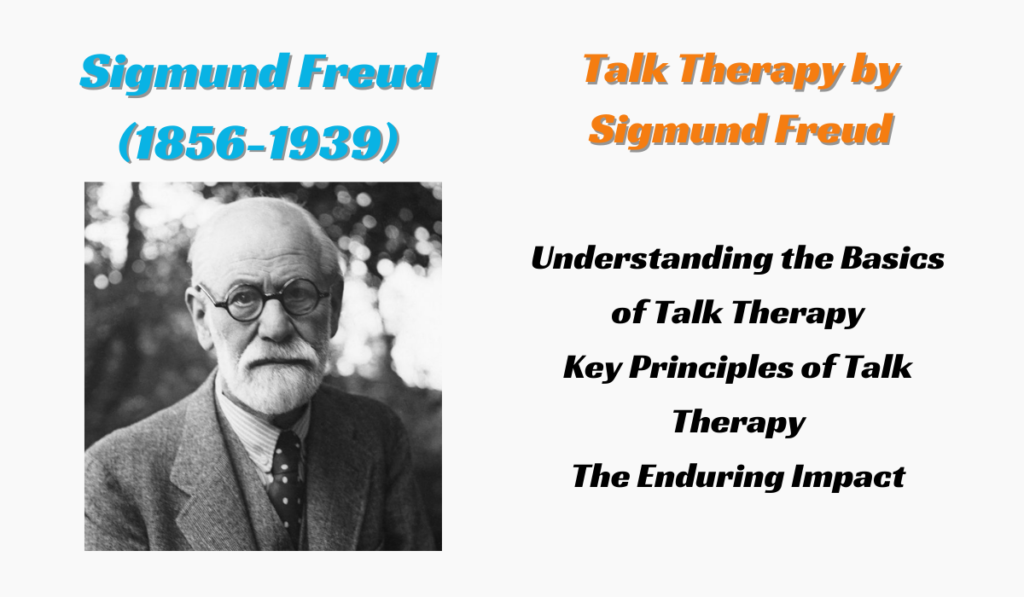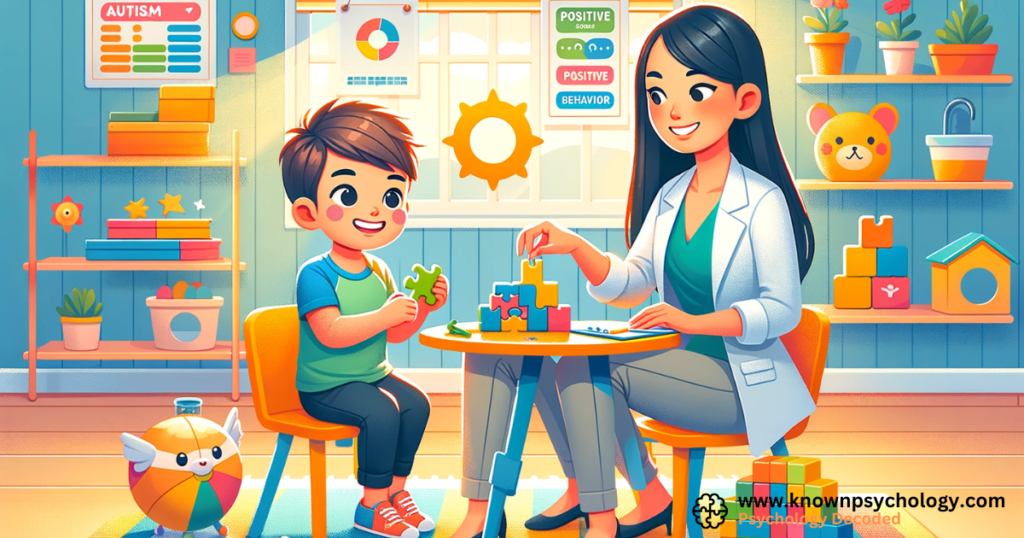
Art and music therapy for autism are increasingly recognized as effective forms of treatment that can significantly enhance the quality of life for individuals on the autism spectrum. These therapeutic approaches utilize the creative process of making art and music to improve and enhance the physical, mental, and emotional well-being of people with autism. This blog explores how art and music therapy can support individuals with autism, focusing on their benefits, methods, and the impact they can have on communication, social skills, and emotional expression.
Understanding Art & Music Therapy for Autism
What is Art Therapy?
Art therapy involves the use of creative techniques such as drawing, painting, and sculpting to help people express themselves artistically and examine the psychological and emotional undertones in their art. For individuals with autism, art therapy provides a visual means of communication which can be easier than verbal interaction. It helps them express their feelings in a safe environment, improving their emotional regulation and reducing anxiety.
What is Music Therapy?
Music therapy uses music to address the physical, emotional, cognitive, and social needs of individuals. In the context of autism, music therapy helps to enhance the individual’s ability to communicate and interact with others. Music has a structured, predictable pattern which can be soothing to individuals with autism, helping them to improve their attention and manage sensory issues.
Benefits of Art & Music Therapy for Autism
Enhancing Communication Skills
Both art and music therapy play a crucial role in enhancing communication skills among individuals with autism. These therapies provide alternative ways for non-verbal individuals to express their thoughts and emotions without words. Through creating art or engaging in music, individuals with autism can convey feelings and ideas that they may not be able to verbalize, facilitating better understanding by others.
Improving Social Interaction
Art and music therapy also help in improving social interaction in children and adults with autism. Group sessions can promote social skills by encouraging turn-taking, sharing, and collaborating on projects or in performances. These activities help individuals with autism to engage with their peers in a structured yet enjoyable way, increasing their comfort with social interactions.
Reducing Anxiety and Behavioral Issues
Participating in art and music therapy can have a calming effect on individuals with autism. The sensory experience of touching art materials or hearing music can significantly reduce anxiety and stress. Furthermore, these therapies can divert attention away from disruptive behaviors and provide a form of expression that is less frustrating and more fulfilling.
Implementing Art & Music Therapy for Autism Care
Getting Started with Art and Music Therapy
Starting art and music therapy for someone with autism should involve consultation with professionals who specialize in these therapies. It’s important to find therapists who are trained in working with individuals with autism to ensure that the activities are tailored to meet their specific needs and abilities.
The Role of Families and Caregivers
Families and caregivers play a significant role in the success of art and music therapy in autism. By participating in therapy sessions, families can learn about the interests and strengths of their loved one, and how to incorporate artistic or musical activities at home to continue the therapeutic process.
A note from Known_Psychology
Art and music therapy for autism are not just activities; they are powerful tools that can lead to substantial improvements in communication, social interaction, and emotional stability. By incorporating these therapies into the care and education of individuals with autism, caregivers can provide them with enjoyable, fulfilling, and therapeutic experiences that enrich their lives in many ways.
Mariam holds an MS in Sociology with a specialization in Medical Sociology and Social Psychology. With a strong academic background and extensive research work in both fields, she brings depth and clarity to complex topics. Her writing explores the intersection of society, health, and the human mind, making academic ideas easy to grasp and relevant to everyday life.


